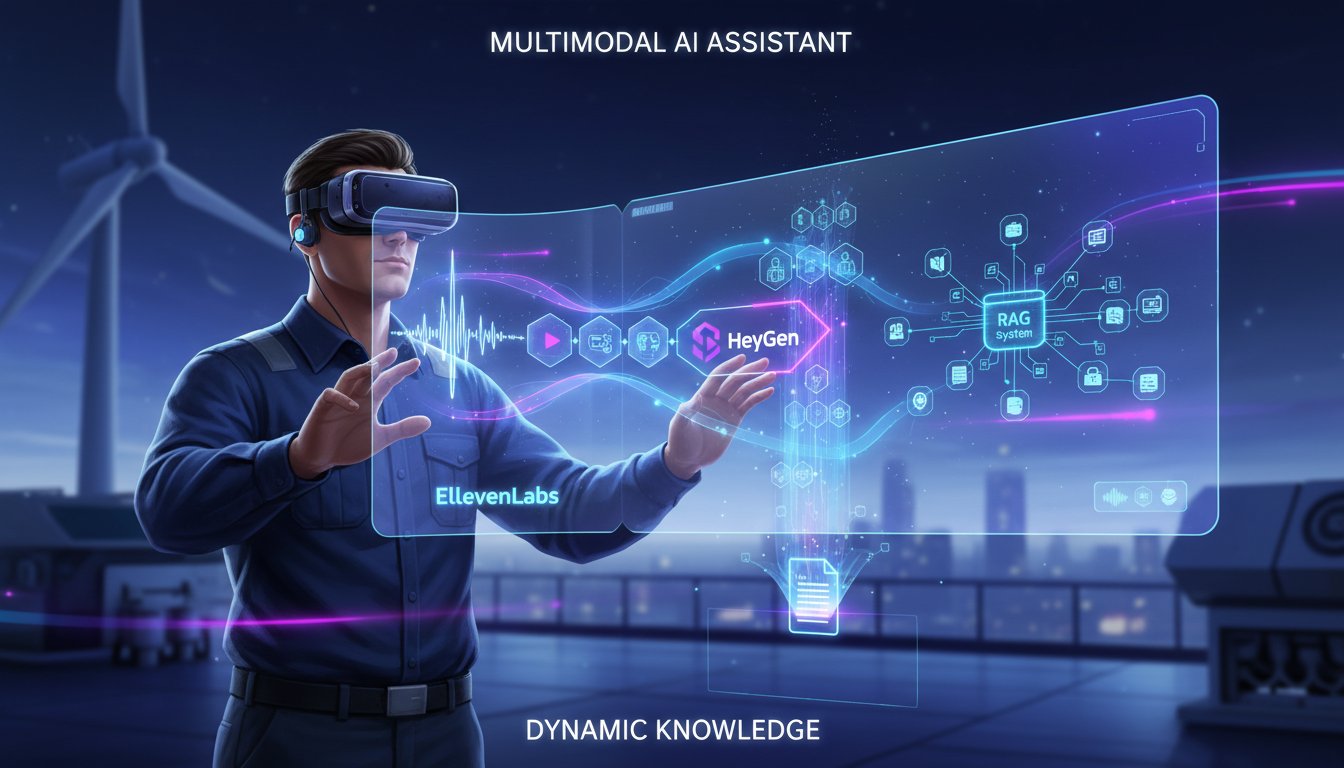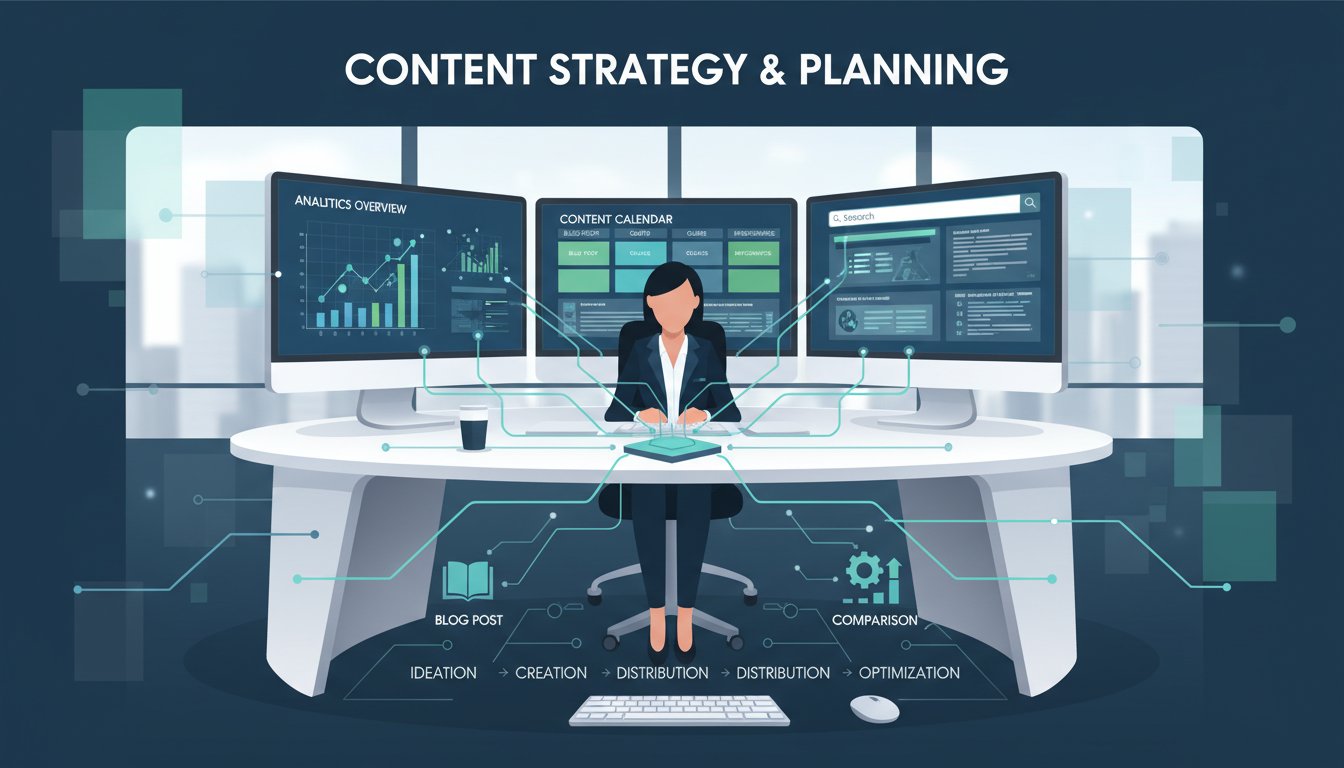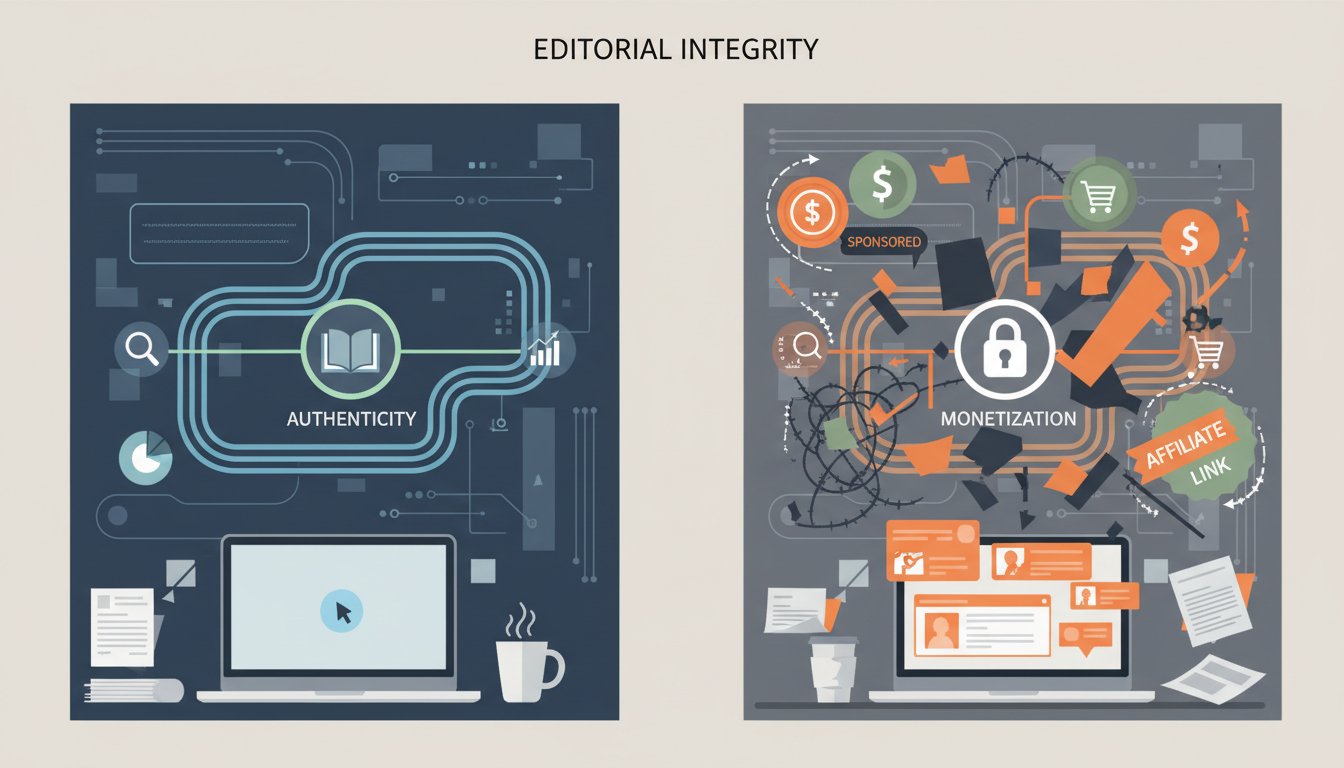Here’s how to integrate ElevenLabs with Salesforce for Personalized Audio Outreach
Imagine receiving a follow-up call after expressing interest in a product, but instead of a generic script, you hear a personalized message acknowledging your specific needs, delivered in a warm, natural-sounding voice. It feels different, right? More personal, more engaging. In today’s saturated digital landscape, cutting through the noise requires more than just text; it demands a human touch, even when delivered at scale. But how can sales and marketing teams possibly deliver truly personalized voice interactions to every lead or customer without spending countless hours on manual recording?
The challenge is significant. Sales teams are already stretched thin. Manually recording personalized audio messages for hundreds or thousands of contacts is simply not feasible. Standardized robocalls lack the authenticity needed to build genuine connections, often ending up ignored or blocked. The desire for personalization clashes with the need for scalability, leaving many businesses stuck with impersonal outreach strategies that yield diminishing returns. How do you bridge this gap and deliver voice messages that resonate without overwhelming your team?
The solution lies in harnessing the power of AI-driven voice synthesis combined with robust CRM automation. By integrating ElevenLabs, a leading platform for generating realistic AI voices, with Salesforce, the world’s most popular CRM, businesses can automate the creation and delivery of highly personalized audio messages triggered by specific events or data points within Salesforce. This integration allows you to scale personalized outreach effectively, enhancing engagement and building stronger customer relationships.
This technical walkthrough will guide you through the process of setting up this powerful integration. We’ll explore the prerequisites, the different architectural approaches (including using middleware platforms like Pipedream or Make), and provide a conceptual step-by-step guide to configuring workflows that trigger personalized audio generation from Salesforce events. We’ll cover how to pass data, manage API calls, and consider where the generated audio can be utilized within your sales process, empowering your team to connect with prospects and customers on a whole new level.
Why Bother with Personalized Audio Outreach?
In a world dominated by emails and text messages, voice offers a unique channel for connection. It conveys emotion and personality in a way text cannot, fostering a sense of direct engagement.
Personalization takes this a step further. Instead of generic broadcasts, imagine audio messages that reference a lead’s specific industry, a customer’s past purchase, or a recent support interaction. This level of detail demonstrates attentiveness and builds rapport far more effectively than a standard script.
While specific stats on AI-generated personalized audio are emerging, the principles of personalization in sales are well-documented. Tailored outreach consistently leads to higher engagement rates, faster response times, and improved conversion metrics. Audio adds a memorable and impactful dimension to this established strategy.
Understanding the Core Components: ElevenLabs & Salesforce
Before diving into the integration, let’s briefly understand the tools involved:
- Salesforce: The central hub for customer relationship management. It stores vast amounts of data about leads, contacts, accounts, opportunities, and interactions. Its strength lies in its data organization and powerful automation capabilities (like Flow or Process Builder).
- ElevenLabs: A sophisticated AI platform specializing in text-to-speech (TTS) synthesis. It offers incredibly realistic and natural-sounding voices, voice cloning capabilities, and a robust API for developers. You can generate audio from text inputs dynamically. Check out their offerings here: http://elevenlabs.io/?from=partnerjohnson8503
The goal is to connect these two platforms so that data and events in Salesforce can trigger audio generation in ElevenLabs.
Integration Architecture: Connecting the Systems
Directly integrating ElevenLabs and Salesforce might require custom Apex development within Salesforce or a dedicated middleware solution. While Salesforce offers powerful native automation, calling external APIs like ElevenLabs often involves complexities around authentication, callout limits, and response handling.
Therefore, using an Integration Platform as a Service (iPaaS) or workflow automation tool is often the most practical approach. Platforms like Pipedream, Make (formerly Integromat), Zapier, or Relay.app specialize in connecting different applications via their APIs.
How it works (conceptually):
- Trigger: An event occurs in Salesforce (e.g., a new lead is created, an opportunity stage changes, a specific field is updated).
- Middleware: The iPaaS platform detects this trigger.
- Data Retrieval: The platform retrieves relevant data from the Salesforce record (e.g., contact name, company, relevant details for personalization).
- Action (ElevenLabs): The platform sends a request to the ElevenLabs API, including the personalized text script (constructed using Salesforce data) and desired voice parameters.
- Audio Generation: ElevenLabs generates the audio file.
- Response Handling: ElevenLabs returns the audio file (or a link to it) to the middleware platform.
- Follow-up Action (Optional): The middleware platform can then take further action, such as:
- Updating the Salesforce record with a link to the audio file.
- Sending the audio file to a sales engagement platform.
- Notifying the sales representative.
Recent search results confirm that platforms like Pipedream, Make, and Relay.app explicitly support integrations between Salesforce and ElevenLabs, providing pre-built connectors or straightforward API modules to facilitate this process.
Step-by-Step Integration Guide (Using Middleware – Conceptual)
Let’s outline the steps using a generic middleware platform concept. The exact UI and terminology will vary depending on the platform (Pipedream, Make, Zapier, etc.), but the logic remains consistent.
H3: Step 1: Define Your Trigger in Salesforce
First, decide what event in Salesforce should initiate the audio generation. Examples include:
- New Lead Creation: Trigger when a lead with a specific status (e.g., ‘Qualified’) is created.
- Opportunity Stage Change: Trigger when an opportunity moves to a stage like ‘Proposal Sent’ for a follow-up message.
- Custom Field Update: Trigger when a specific checkbox like ‘Send Personalized Welcome Audio’ is ticked on a contact record.
Configure this trigger within your chosen middleware platform, connecting it securely to your Salesforce account.
H3: Step 2: Configure the ElevenLabs Action
Next, add an action step using the ElevenLabs connector or API module.
- Authentication: Connect your ElevenLabs account, usually requiring your API key (available in your ElevenLabs profile settings – visit http://elevenlabs.io/?from=partnerjohnson8503 to sign up or log in).
- Choose Voice: Select the desired AI voice ID from your ElevenLabs options.
- Craft the Text Input: This is crucial for personalization. Use dynamic variables pulled from the Salesforce trigger step. For example:
"Hi {{Contact.FirstName}}, this is John from Rag About It. I saw you're interested in AI RAG systems at {{Account.Name}}. I'd love to chat about how our insights could help your team. You can book a time here..."
Here,{{Contact.FirstName}}and{{Account.Name}}are placeholders that the middleware will populate with data from the specific Salesforce record that triggered the workflow. - API Parameters: Configure other parameters like model ID, voice stability, or clarity settings as needed via the ElevenLabs API documentation.
H3: Step 3: Handle the Generated Audio
The ElevenLabs API will typically return the generated audio file directly or provide a URL where it can be downloaded. Your middleware workflow needs to handle this response.
Decide what happens next. Common options include:
- Store the Audio Link in Salesforce: Add another action step to update the original Salesforce record (Lead, Contact, Opportunity) with the URL of the generated audio file in a custom field (e.g., ‘Personalized Audio Link’). This makes it easily accessible to the sales rep.
- Send to Sales Engagement Platform: If you use tools like Salesloft or Outreach, you might be able to push the audio file or link directly into a task or sequence.
- Notify the Sales Rep: Send a Slack message or email to the record owner containing the link to the audio, prompting them to use it in their outreach.
H3: Step 4: Test Thoroughly
Before activating the workflow for all records, test it rigorously with sample Salesforce records. Check:
- Does the trigger fire correctly?
- Is the Salesforce data pulled accurately?
- Is the text script constructed correctly?
- Is the audio generated successfully by ElevenLabs?
- Is the audio quality and personalization acceptable?
- Does the follow-up action (e.g., updating Salesforce) work as expected?
Inspiring Use Cases
This integration unlocks several powerful applications:
- Personalized Lead Follow-Ups: Automatically generate a brief, personalized audio message for new high-priority leads.
- Customer Thank You Messages: Trigger an audio thank you note after a significant purchase or positive interaction.
- Meeting Confirmations/Reminders: Add a personal touch to standard appointment reminders.
- Re-engagement Campaigns: Reach out to dormant leads or past customers with a personalized audio message referencing their previous interest.
- Internal Alerts: Use distinct audio alerts for high-priority cases or opportunities assigned within Salesforce.
Conclusion: Scaling the Personal Touch
Integrating ElevenLabs with Salesforce bridges the gap between the need for scalable outreach and the desire for genuine, personalized connection. By automating the creation of tailored audio messages triggered by real-time CRM events, you empower your sales and marketing teams to engage prospects and customers more effectively, fostering stronger relationships and driving better results.
While setting up the integration requires some technical configuration, primarily through intuitive middleware platforms, the potential payoff in enhanced engagement and differentiation is substantial. Remember that initial spark of receiving a message that feels truly meant for you? Now you can deliver that experience consistently and at scale.
Call to Action
Ready to elevate your customer outreach with personalized AI audio?
- Explore ElevenLabs: Visit http://elevenlabs.io/?from=partnerjohnson8503 to learn more about their realistic voice generation capabilities and API.
- Choose Your Integration Platform: Investigate tools like Pipedream, Make, or Zapier to find the best fit for connecting Salesforce and ElevenLabs.
- Start Building: Begin with a simple use case, test thoroughly, and gradually expand your automated audio outreach strategy.
Share your experiences or questions about integrating AI voice with CRMs in the comments below!




